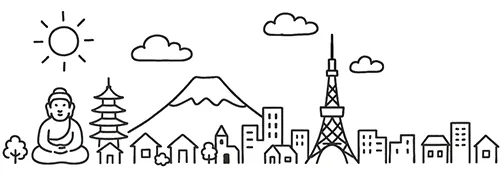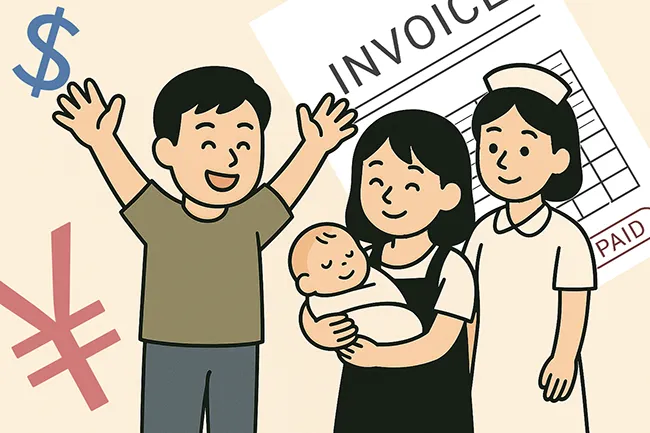In Japan, many municipalities subsidize medical expenses for children. Learn how the system works, how to apply, and what foreign residents must check.
1. What is the “Children’s Medical Expense Subsidy”?
Japan’s local governments provide a system commonly called “Kodomo no Iryōhi Josei” (子ども医療費助成), meaning “Children’s Medical Expense Subsidy”. The basic goal is to reduce the financial burden of medical care for children so that families can feel secure about visiting doctors and hospitals.
Under the national health insurance system, children normally still pay a portion of the cost. The subsidies reduce or eliminate that portion for eligible children.
By law, local governments have responsibility for child welfare (including good physical and mental health) under the Child Welfare Act.
2. Key Elements of the Subsidy: Age, Coverage, Amounts
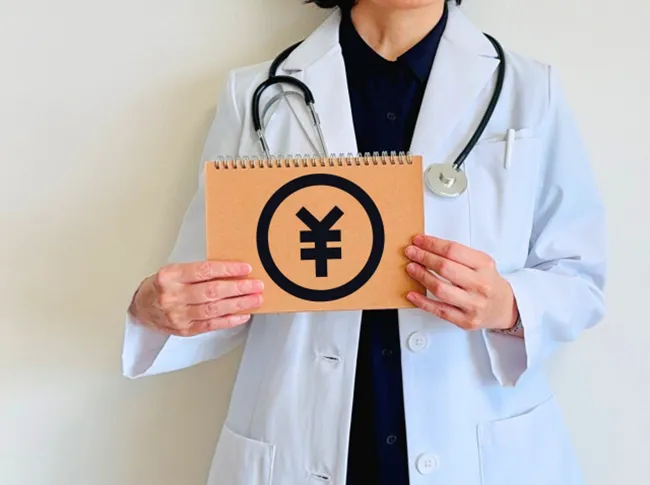
Age & Coverage
- The upper-age limit (until what age children are eligible) differs by municipality. Some cover up to the end of junior high (around 15-18), others extend to high school age.
- The subsidies typically cover the child’s share of copayments (for outpatient visits, inpatient care, prescriptions) for treatments covered by health insurance. Some items (e.g., purely private care, extra room charges) may not be covered. Hiroshima City website+1
- There may be income-based eligibility limits (i.e., if the guardian’s income is above a threshold, the subsidy may be reduced or not available). Osaka City website+1
How Much Is Subsidised / What You Might Pay
Here are a few examples (these vary by municipality):
- In Hiroshima City: When presenting the certificate, the child pays a partial copayment up to a set limit depending on age and parent/guardian income.
- In Osaka City: For children aged 0-15, co-payment is capped at 500 yen/day (up to 2,500 yen/month) for outpatient/inpatient visits (for insured treatments) provided income limit is met.
Thus in many areas, medical treatment for eligible children ends up being very low cost, sometimes effectively free at the point of service (for the outpatient/principal insured portion).
Example Table
Here is a simplified comparison of two cities (for illustration only – check your local municipality for exact figures):
| City | Eligible Age | Co-payment Example | Income Limit Applies? |
|---|---|---|---|
| Hiroshima City | Up to end of March after turning 18 | Partial copay up to income‐dependent limit | Yes – if above income threshold, not eligible |
| Osaka City | 0 – 15 years old | Max 500 yen/day, 2,500 yen/month | Yes – income limit applies |
3. Differences Between Municipalities
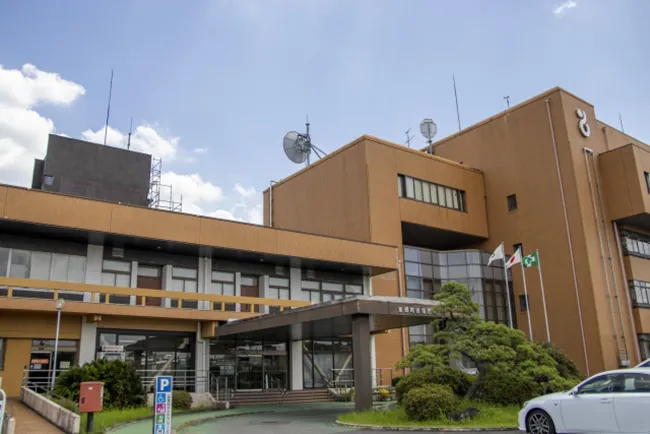
Because this is a locally administered scheme, there is variation across Japan. Some key differences you should check for your municipality:
- The upper age limit (some stop at junior high, others go to high school).
- Whether income thresholds apply: In some municipalities the subsidy is unconditional (regardless of income), in others only where guardian/household income is under a set amount.
- Whether co-payments (small user fees) apply or the subsidy covers everything. In many places you may still pay a token amount (e.g., 500 yen) even with the subsidy.
- Whether the subsidy covers out-of-prefecture treatment (if you travel outside your area). Some require you to apply for reimbursement if you used a medical institution outside your municipality.
- The application/issuance process: Some provide a “subsidy card” or certificate you present at the hospital; you must apply ahead of time.
4. How to Apply & Receive the Subsidy

Step by Step
- After registering your child as a resident in the municipality (or when you move in), go to your local city/ward office’s relevant section (e.g., Medical Expense Subsidy Section, Child Care Support Section).
- Prepare necessary documents: typically the child’s health insurance card, proof of your residence (such as residence card or certificate), guardian’s identification, bank account information (for reimbursement situations) and any application form.
- Submit the application. Once approved, you will receive a certificate or “medical expense subsidy card” (“pink card” in some municipalities) which you show when visiting a medical institution.
- When you visit a hospital/clinic or pharmacy covered by health insurance, you present your child’s health insurance card and the subsidy certificate/card. The hospital/clinic will apply the subsidy and you pay only the subsidised amount (or nothing, depending on the scheme).
- If you get treatment outside your municipality or before you applied, you may need to pay upfront and then apply for reimbursement. Check local rules.
Tips
- It’s best to apply early after your child is born or after you move in, so you have the certificate ready when you need it.
- Keep proof of your child’s insurance card, residence registration, etc.
- If you move to a different municipality, you’ll likely need to re-apply in the new location, because eligibility and scheme details differ.
- Even if costs are very low, check what is NOT covered by the subsidy (e.g., bed charges, special room fees, treatments not covered by insurance).
5. What It Means for Foreign Residents in Japan
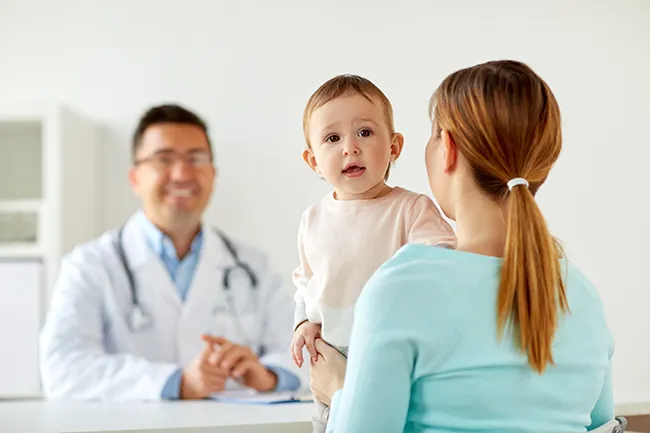
If you are a foreign resident living in Japan, here are important points to check:
- Ensure your child is registered as a resident in the municipality (i.e., you have a residence card and have registered your address). The subsidy is based on residence in a municipality.
- Your child must be covered by Japanese health insurance (either via employer insurance, national health insurance, or dependent coverage). The subsidy typically applies only to insured treatments.
- Check that you meet any income eligibility criteria in your municipality. Some schemes exclude households above a certain income.
- Confirm the upper-age limit and any specific conditions in your city/ward. Some schemes may exclude certain treatments or require you to apply for a special certificate first.
- Language support: Some municipalities provide information in English (or “easy Japanese” versions) — for example, Minato City in Tokyo has an English version of its subsidy page.
- Even if you are new in Japan, applying promptly is beneficial — you may cover eligible treatments from the date the subsidy is granted (or sometimes from application date).
- Keep your certificate/card updated — some municipalities reconfirm eligibility (e.g., income) each year and renew cards.
6. Why This Subsidy Matters
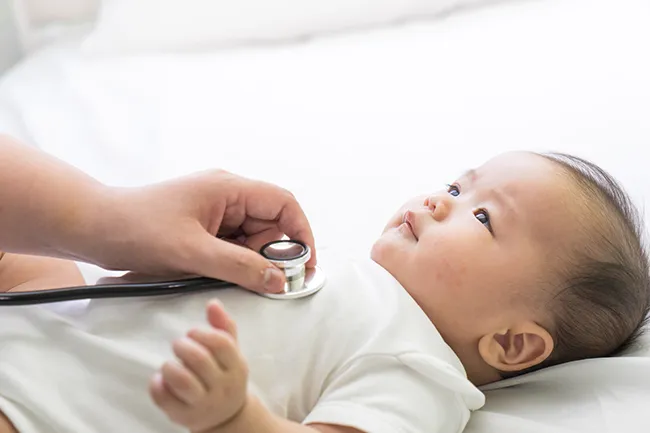
- It reduces the barrier for families (including foreign-resident families) to access medical care for children — meaning children are more likely to receive timely treatment. Research shows that lower out-of-pocket costs improve access to care.
- It provides peace of mind: knowing that medical costs for children will be manageable helps families feel more secure raising children in Japan.
- It supports Japan’s broader child welfare goals: as set out under the Child Welfare Act, municipalities are mandated to help children grow up in good physical and mental health.
7. Common Questions & Answers
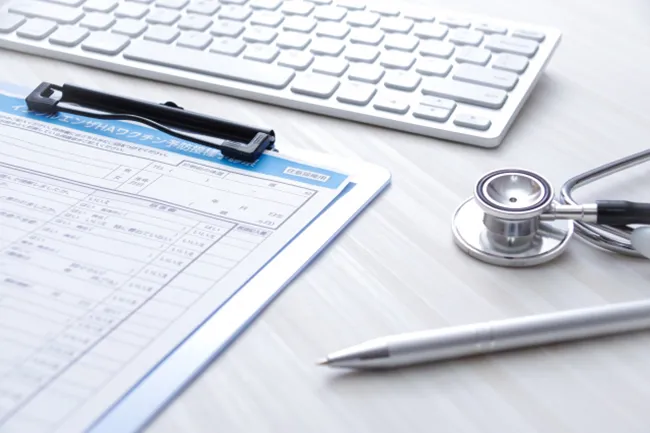
Q: My child falls sick on a weekend — can I still use the subsidy?
A: Yes, as long as you have the certificate/card and visit a medical institution that accepts health insurance, the subsidy applies.
Q: What if I move to a new ward or city?
A: You need to register your new address and then apply for the subsidy in the new municipality. The scheme there may differ so check the new terms.
Q: Are vaccinations covered by this subsidy?
A: Some preventive treatments or vaccinations may be subsidised through different schemes; the “children’s medical expense subsidy” typically covers insured medical treatment visits. It’s best to check with your municipality.
Q: My family’s income is above the threshold. Does that mean no benefit at all?
A: It depends on your municipality. In some places if you exceed the income limit, you may not be eligible; in others there may be no income cap. Always check the specific rules.
Q: I used a hospital outside my municipality for my child’s treatment — will the subsidy still apply?
A: Not always. Some municipalities require you to first apply for a certificate for out-of-area treatment or pay and apply for reimbursement. Check your local rules.
8. Summary

If you live in Japan with a child, you should definitely check whether your local municipality offers the children’s medical expense subsidy (Kodomo no Iryōhi Josei). It can significantly reduce or eliminate the cost of doctor visits, hospital stays, and prescriptions for your child. Be sure to:
- Register your child and address with your local ward/city office
- Be enrolled in Japanese health insurance
- Submit the application and get the certificate/card
- Use the card when visiting medical institutions
- Check the specific eligibility (age, income, area) for your municipality
This support is one of the positive aspects of child-rearing in Japan — as a foreign resident it helps you navigate medical care with more confidence and less financial worry.
My experience
My daughter had surgery right after birth and was hospitalized for about three months.
The total cost was around 3 million yen, but thanks to Japan’s High-Cost Medical Expense Benefit system and the Children’s Medical Expense Subsidy, I only ended up paying about 30,000 yen — mainly for items like diaper changes and other minor expenses.
Thanks for reading!
Klook.com